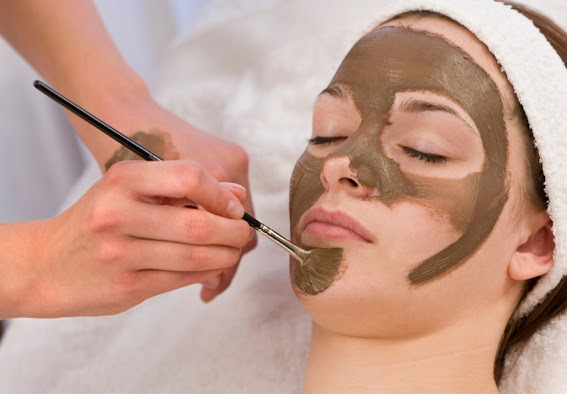Featured
- Get link
- X
- Other Apps
Deep Tissue Massage Therapy Is A Relaxing Way To Relax
Deep tissue massage is most effective when you do a series of regular massages over a long period. Sometimes you may just need a one-off massage to ease a knotty shoulder.
Deep tissue massages can cause tenderness in the areas that have been treated. Active pain should not be felt, but you should talk to the massage therapist if you feel it.
Many clients report that they feel the most after-effects of deep tissue massages are thirstiness and sleepiness. We recommend booking a women massage at home to allow you to drink water, take a break, and then go to bed.
Deep tissue massages can cause headaches or nausea. It is due to toxins in your body. Relax, drink lots of water, and you'll feel the effects lessen.
Deep pressure hormones release positive effects that can make you feel energized and happy.
While some of these effects can be described as 'good,' others may feel a bit more troubling. Deep tissue massage is safe for most people. However, it's best to avoid deep tissue massage if you have osteoporosis or clotting problems. Once any side effects are gone, you can expect to reap all the benefits. Knowing what to do following a deep tissue massage can be helpful.
What Do You Do After A Deep-Tissue Massage?
These are some things you can do to maximize the benefits of a massage.
Get plenty of fluids after a massage. This will help to hydrate and flush out toxins. However, avoid alcohol and caffeine.
Feeling hungry? After a massage, it's normal to feel hungry. Eat a healthy fruit or rainbow salad, with some protein.
Take a warm bath: A warm bath is a good option if you feel a bit tender. An ice pack can be beneficial if an area of injury feels sore.
Relax and take a break: You can either have a restful nap or simply relax with a glass of water and some soothing music. Relaxing your muscles will make them feel more relaxed. Do not rush to get into sport or exercise. Give yourself at least 24 hours to receive the benefits of the massage.
Deep Tissue Massage
Your massage therapist will target the areas that are most difficult for you. You can still expect a full massage. Although there may be slight differences in the techniques between therapists, there is one type of deep-tissue massage.
Deep tissue massage is also used in some other massage techniques. Swedish massage is a gentler type of massage. However, it can occasionally use higher-pressure techniques that are more similar to deep tissue massage.
Your massage therapist will discuss with you what you are looking to accomplish through the massage, and any problem areas that you would like them to address. The therapist will begin the massage by warming the muscles with gentle strokes, before moving on to more intense pressure-based strokes. Salon services at home is the best option to choose if you don’t want to wait for massage.
- Get link
- X
- Other Apps
Popular Posts
Keratin Hair Treatment: Benefits, Care, And Steps To Do It
- Get link
- X
- Other Apps
Get Glowing Skin at Home with Easy-to-Make Face Masks
- Get link
- X
- Other Apps


Comments
Post a Comment